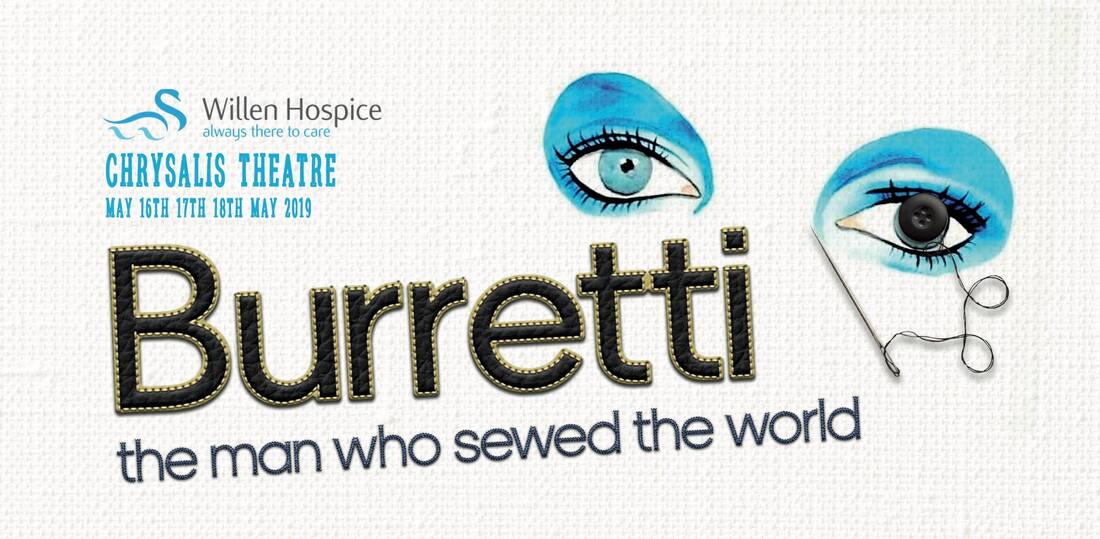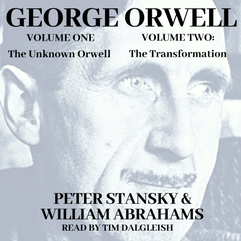Like president Trump, Hitler began as an outside candidate for leadership, few believed he would ever rise to power. Many within the GOP have appeased Trump (as those within the Nazi Party appeased Hitler) feeling they were smarter than he is and that they could use him to attain their own ends, whether it be Mitch McConnell appointing right wing judges, the Vice-President with his not so secret religious revelation that he will one day be president or Jared Kushner, the failed real estate businessman son-in-law, now running half a dozen wildly different government departments as if they were his own collection of playthings.
Hitler fed his mind with conspiracy theories, he was a narcissist, he knew that telling a lie over and over was a powerful weapon. He adopted those who knew how to manipulate the media, Goebbels was his Hannity or Tucker. No dictator is exactly like another, Trump has no developed ideology in the way Hitler did, he is an emptier vessel at his core but power and vanity unite these men equally. Hitler developed his ideology largely because he ended up on the streets and one can easily imagine, if he had not had millions to squander, an equal sense of failure would have engulfed Trump and made him also cling to a raft of hateful ideology to keep himself afloat.
In times such as are occurring in America today, one often hears Santayana’s saying that ‘those who cannot learn from history are doomed to repeat it’. Some contemporary Americans seem insular, self-obsessed and not very interested in history or cultures other than their own, the fascist streams within their hearts are wrapped in a confederate flag, their vision blinded by hatred. Trump yearns for the white hegemony to reassert itself to ‘Make America Great Again’. However rather than being a saviour a kind of idiot-savant, he is an idiot-destroyer. If successful he will not even return America to its ‘settled’ racist past of a hundred years ago. Like the idiot Social Darwinist, he believes conflict drives natural selection and does not understand that intelligence, or immunity to covid 19, or empirical reason, are just as likely to help one survive, as being physically fit and able. He likes to watch the fight scenes in Van Damme movies, fast-forwarding through the narrative exposition and that is about the level of his thinking when it comes to evolution and natural selection. No story just might is right.
He is the disease. He is the disease of greed, envy, jealousy, pride. His mouth is a verbal sewer limited, craven, sick and stinking. Hitler declared Geli, that his niece, was the only woman he ever loved. Trump talks of the sexual attractiveness of his daughter. Love was, and for Trump is, absent in their lives. They both poisoned what should have been innocent love. Love is as powerful in its absence as it is in its presence. The power of such absence has twisted this man so that the crooked is straight, friendship is a commercial transaction, forgiveness is weakness, compassion exploitable, education a worthless badge not an intrinsic good held inside. To call him ignorant is an understatement, not hyperbole, because he transmutes his lack of knowledge into hatred of himself and others. That hatred is powerful as a driving force, it should not be underestimated, he will happily see the house burn beneath him for the few moments of god-like feelings he would derive from standing above others. As a narcissistic sociopath he cannot be trusted to act as those who value social interaction and community. Mammon is not even his god, it is merely his firelighter.
The death of George Floyd and the subsequent events have not happened in a vacuum. Most Americans recognize genocide and slavery are part of their living history. Let us hope they invoke that infinitely sad past so as to live a happier more fraternal, equal and free present.
Happiness is a communal feeling, this is not hyperbole. Use your anger to change social structures, to improve the building, not rip out its foundations. Revolution is a matter of everyday common decency to all those around you. Kneeling on the neck of a human being attempts to kill love but without love we are nothing. The presence of the absence means we are without love, compassion and humanity, that we are nothing.
To those who wished Trump to be a saviour, to the religious and political right and conservative America, I do not expect you to change everything you believe, simply to recognise, as you might express it, the anti-Christ among you.
To the majority of people in the present democracy of the United States of America, I say, rid yourself of the would-be dictator in your midst.


 RSS Feed
RSS Feed
